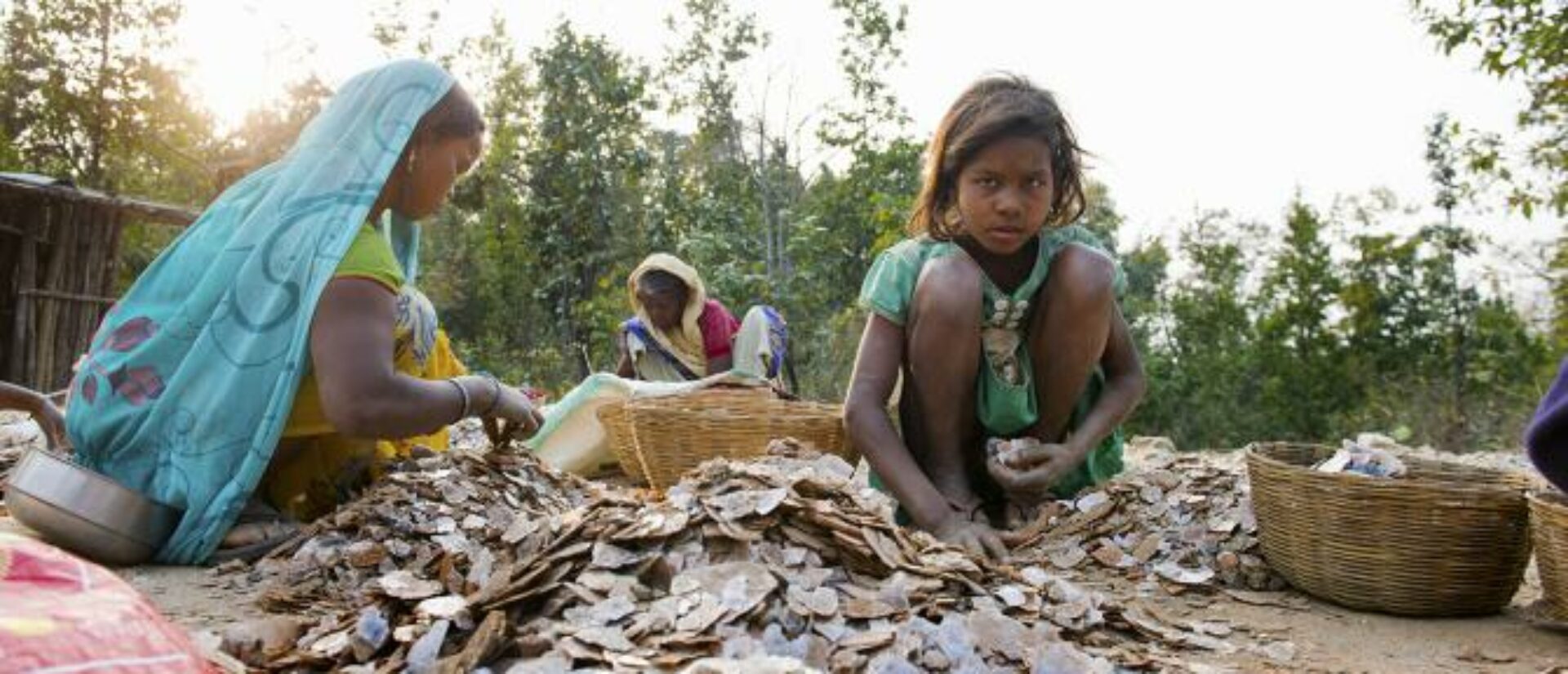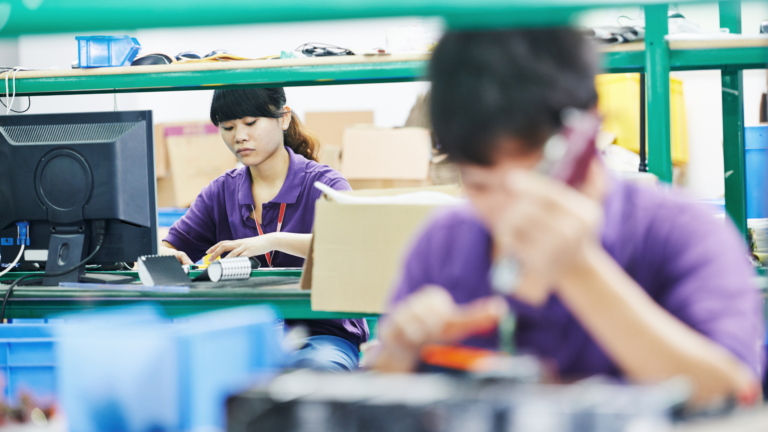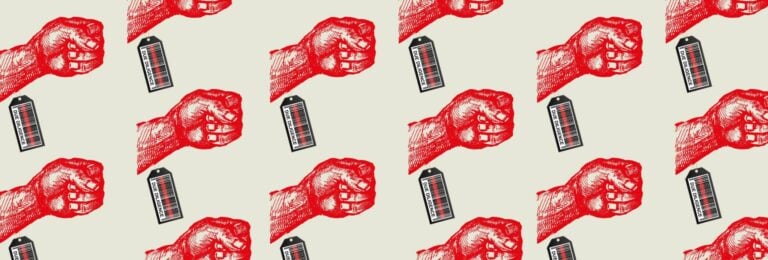
Child labour widespread in production of cars and electronics
Commissioned by Terre des Hommes, SOMO researched the worldwide extraction of mica, a mineral with unique, shiny, heat-resistant and insulating properties, and its extensive use in the automotive and electronics industry.
Yet producers of these products are often hardly aware of the extensive use of mica in their products, nor of the conditions under which it are extracted. In fact, large-scale child labour is common in the mining of mica, and the demand for the mineral is only increasing. A joint approach by governments, companies and NGOs is desperately needed, according to Terre des Hommes.
Research into global mining
Global mica mining and the impact on children’s rights
The report “Global mica mining and the impact on children’s rights” examines the scale of mica production in twenty countries and violations of children’s rights in the extraction industry. The extraction of sheet mica, which is used in electronics, is labour-intensive and the work is done by the poorest and their children. The greatest risk of violation of children’s rights in mica production is in India, Madagascar, China, Sri Lanka, Pakistan and Brazil. India and Madagascar, with up to 90 per cent illegal mines, are the world’s largest exporters of sheet mica. In India alone, more than 22,000 children work in mica mines. Working conditions in illegal mines are harsh. Mine collapses occur regularly. Moreover, mica particulate matter released during the mining process leads to the lung disease silicosis.
Mica in 15,000 car parts
The electronics industry (including automotive electronics) is the largest user of mica at 26 per cent, followed by the paint and coatings industry, at 24 per cent. Mica is used in electrical appliances such as shavers and hair dryers, as well as in smartphones, laptops, computers and anything with a printed circuit board. One of the car manufacturers surveyed identified mica in 15,000 of its automotive materials. Only 10 per cent of the market consists of synthetic mica, which is mainly used in the cosmetics industry. Analyses show that synthetic mica is not yet considered a serious alternative to natural mica.
Business
Aysel Sabahoglu of Terre des Hommes: “It is shocking that companies are barely aware that their products contain a raw material that has been extracted by children’s hands. The few companies that realise this have no strategy on how to deal with it. A lot more pressure and effort is needed to create legal mines, where adults can work under safe conditions and at a better salary so that their children can go to school.”
Businesses, especially the electronics and automotive industry, need to take steps now. Terre des Hommes calls on the companies to find out where the mica in their products comes from. Companies should not accept the risk of child labour and must ban it, together with their suppliers.
Do you need more information?
-

Irene Schipper
Senior Researcher
Related news
-
 The hidden human costs linked to global supply chains in ChinaPosted in category:News
The hidden human costs linked to global supply chains in ChinaPosted in category:News Joshua RosenzweigPublished on:
Joshua RosenzweigPublished on: -
 Major brands sourcing from China lack public policies on responsible exitPosted in category:News
Major brands sourcing from China lack public policies on responsible exitPosted in category:News Joshua RosenzweigPublished on:
Joshua RosenzweigPublished on: -


